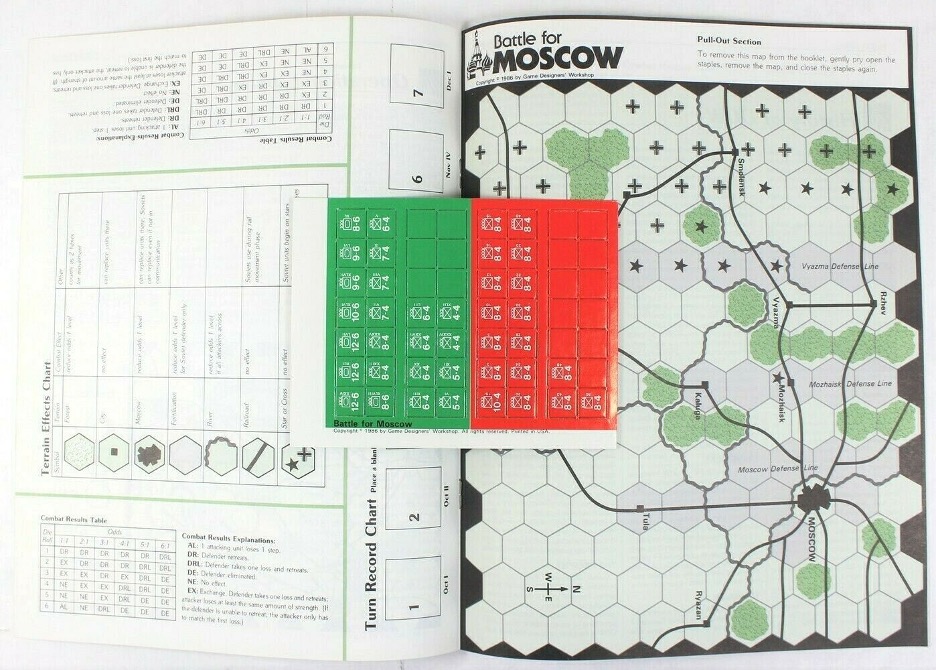Back in 2018, I posted the following question to the Wargames forum of BoardGameGeek:
I’m looking for a foundational wargame to use to introduce my 13-year old son to the hobby: something that plays in an hour but introduces the key concepts common to most wargames. No more than 88 counters. Replayable up to 10 times (about the most we ever repeat a game). He likes ancients, medieval, Revolutionary War, ACW, and WW2. Thoughts?
And, if like one poster, you wonder, “Why 88 counters? (It is an awfully specific number is why I ask.)” here’s my reply:
A lot of games have 88 counters or a multiple thereof (176, 264) – it’s a common size of counter sheets. Also, I was mainly thinking of games with counters, rather than block wargames or games with plastic miniatures. Check out Tiny Battle Publishing, Lock ‘N Load Publishing, and Holland Spiele for some of these smaller games. More counters than 88 seemed too much for an introductory game.
I highly recommend reviewing the many great recommendations that people shared with me.
The recommendation I ended up going with was Battle for Moscow, because it was in fact specifically created to bring people into the hobby. Published in 1986 by Game Designers’ Workshop, it was given away at trade shows and included for free in mail orders. I ended up buying the game from the BoardGameGeek GeekMarket for $9.99 (Ebay copies tend to be more expensive), though you can print it out for free from Grognard.com, download a free ebook with the game rules and counter sheet, or play a revised edition against a bot at Ober Labs.
I’ve played it more than a dozen times: five times against my son, and eight times against the Ober Labs AI. It takes about an hour to play and gets at what Axis & Allies always comes down to anyway after many more hours: taking or defending Moscow.
I really appreciate the asymmetry of the two sides:
- While both sides have special movement, for the Germans it is an added turn advancing panzers, and for the Soviets it is an added turn moving infantry along rail lines (retreating from the front, while shuttling reinforcements to the front).
- The Germans get one reinforcement per round; the Soviets get five. So the Soviets need to fight a delaying tactic, while the Germans need to advance as quickly as possible.
By the way, the designer, Frank Chadwick, has evolved Battle of Moscow into a whole family of games: see GMT Games’ Thunder in the East.
Did playing this game with my son work?
Yes, Battle for Moscow turned my youngest into a true grognard, who now has more hex-and-counter wargames than he has played!



See also:



You must be logged in to post a comment.